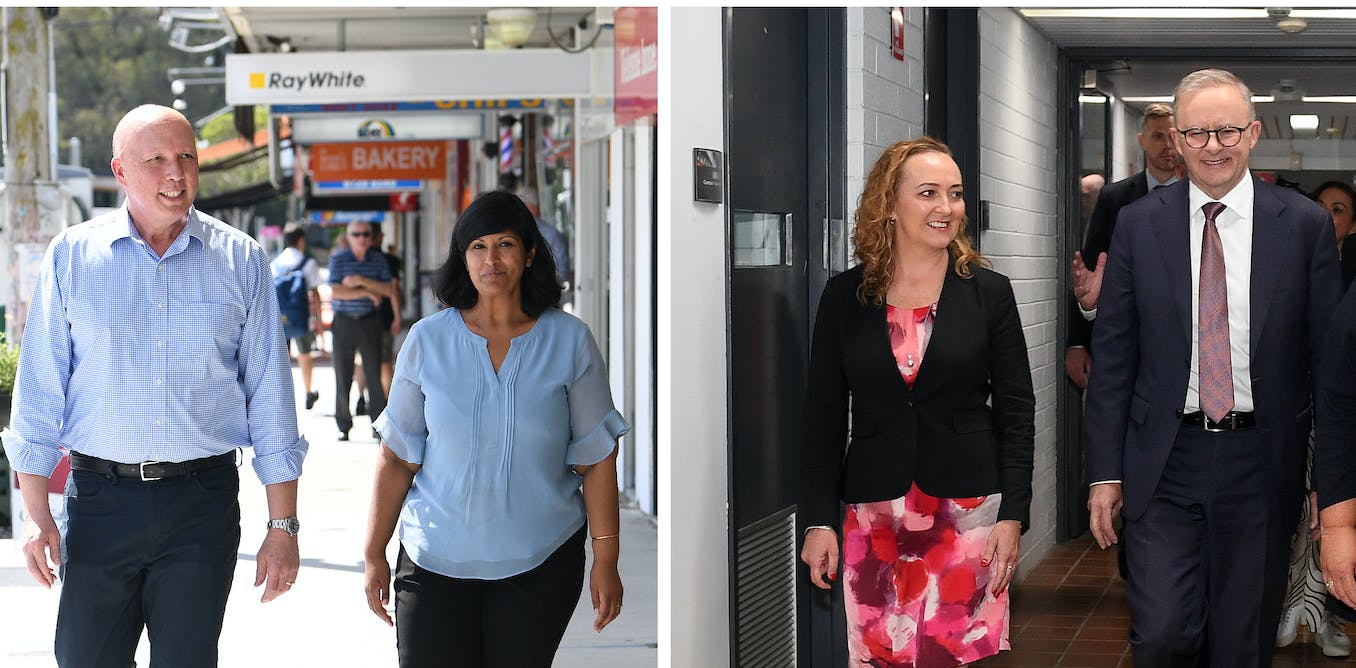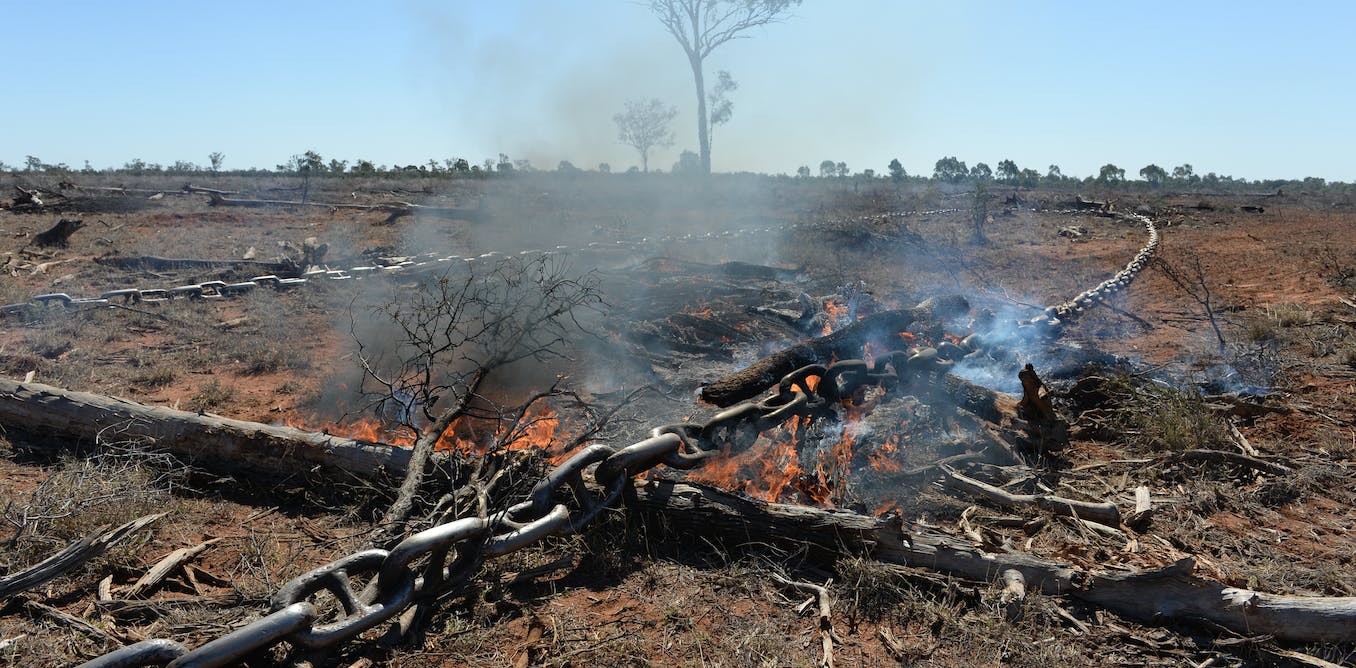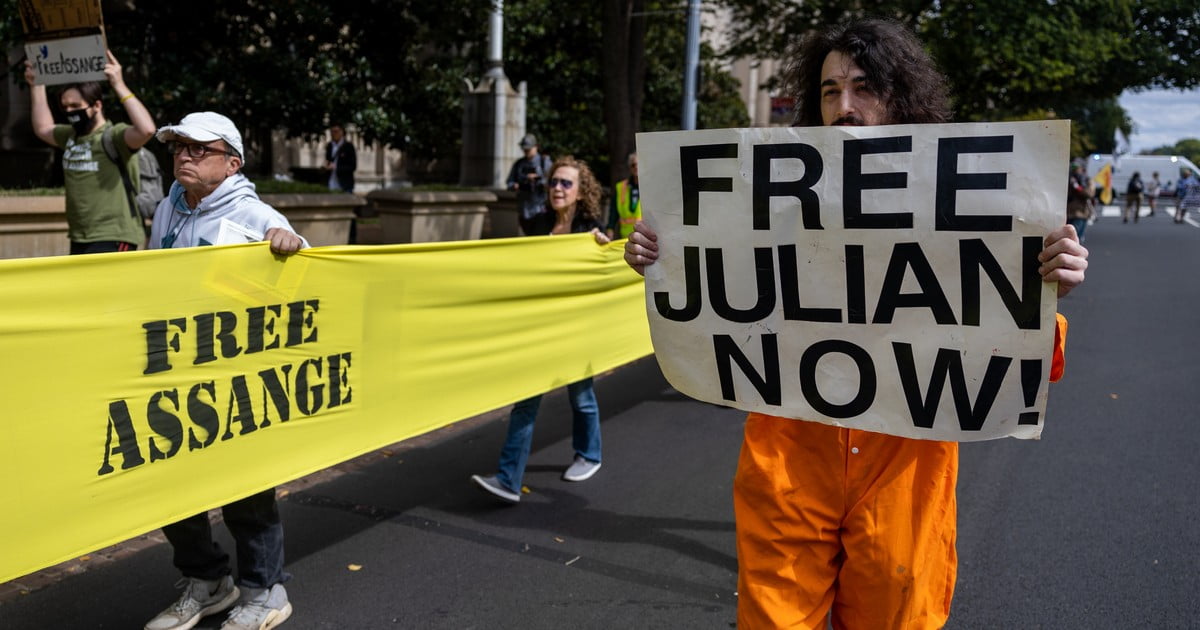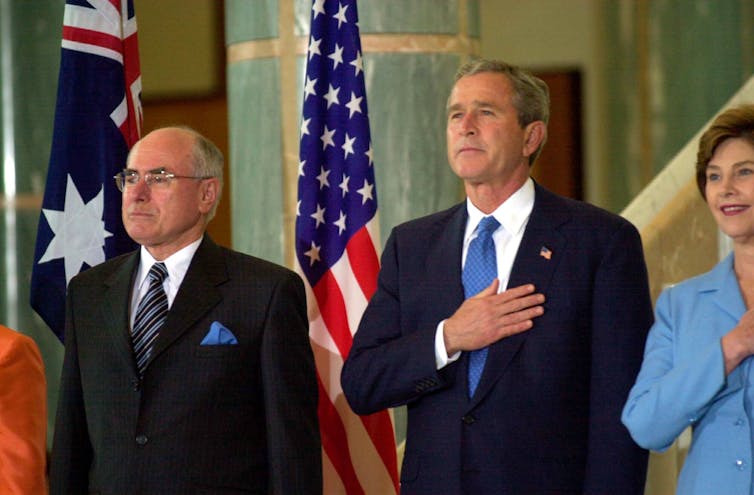Byelections for leaders are rather like steeplechases for horses: there is always the risk of serious injury.
Ahead of the 2018 super-Saturday contests, Bill Shorten had an impatient Anthony Albanese shaping up for a tilt in the event of a tumble. Shorten triumphed.
In 2020, Albanese’s position could have become shaky if he had lost the Eden-Monaro byelection. He retained the seat by a whisker, but that was enough.
Peter Dutton on Saturday faces his first real-time electoral test in the Victorian Liberal seat of Aston, with conditions on the track heavy going.
The byelection follows the resignation of former minister Alan Tudge, who, after a scandal over an affair with a staffer, turned an electorate that was safe in 2019 into a marginal one in 2022. It’s now on 2.8%.
Situated in Melbourne’s outer east, Aston should be an opportunity for the Liberals to exploit the mounting cost of living pressures that are weighing people down.
But so far, on the national evidence the Albanese government has been escaping serious blame, with people accepting most of the drivers of rising interest rates and prices are outside its control.
For Dutton, Victoria (like NSW) is difficult territory on which to have to campaign. It’s a progressive state and he is far from a progressive.
The crushing taken by the NSW Liberals on Saturday (who did form a progressive government) is indirectly relevant to Aston.
While the “it’s time” factor, a batch of resignations of well-known Liberals, various scandals and a credible fresh-looking Labor alternative with a pitch that resonated account specifically for the loss, it has reinforced the broader impressing that the tide is out for the Liberal party generally. The NSW defeat has left Tasmania with the only non-Labor government in the country.
Closer to Aston, Victorian Liberal brawling over the move by opposition leader John Pesutto to expel Moira Deeming from the parliamentary party – for her role in an anti-trans rally at which a group of people gave Nazi salutes – has brought a spate of bad publicity.
The argument about whether Pesutto’s reaction went too far raged all last week and will probably continue this week, even in the wake of his expected win in Monday’s vote.
For the electors of Aston, it’s another cameo in the long story of the Liberals in shambles, just as they were at last year’s state election.
While Dutton could keep away from Victoria in the state poll, that’s not an option with Aston. So far, he’s made four visits, the same number as the prime minister.
A top-down preselection by the party’s administrative committee installed a strong candidate, barrister Roshena Campbell. Of Indian heritage, she’s well-qualified and a good media performer, with her main disadvantage being that she’s from distant (in these parochial times) Brunswick. (She’s rented a place in Aston.)
Labor’s Mary Doyle, who works in the superannuation industry, and ran in 2022, lives just outside the electoral but can be promoted as a “real local” on the ground she’s resided in the general area for more than three decades.
The Liberal campaign is based around sending a message to the Albanese government on cost of living, and also focuses on the cuts for local roads projects in the first Chalmers budget.
Labor, playing on Dutton’s unpopularity, is portraying him as someone out of step with the people of Aston. Labor also says its imminent child changes are popular – 5,700 families in Aston will be better off from July.
Unsurprisingly, the Indigenous Voice to parliament, the question for which was announced last week, isn’t getting much attention.
Of particular interest will be the Chinese vote. Aston has, on the 2021 census, about 14% of people of Chinese heritage, Albanese received a very positive reception when he did a Chinese function, even though that was immediately after the AUKUS announcement which sparked a lot of talk about the threat potentially posed by China.
Once, Chinese-Australians looked benignly on the Liberals. Saturday’s NSW result reinforced the message of the federal election – that these voters are now alienated from the Liberals.
How Chinese voters will respond to a candidate of Indian origin is unclear.
Some voters are said to be grouchy at being sent to the polls three times in a year. Quite a few others have not even been aware of the byelection. But with the stakes high and the seat marginal, both sides are fully focused. Liberal federal director Andrew Hirst and Labor’s Josh Lloyd, on leave from Albanese’s staff, have been fixtures in the electorate.
It’s a five-candidate field, but the battle is not troubled by serious alternatives to the two main contenders. There’s no teal running.
The average swing against a government at a federal byelection is 3.7% (since 1949 and where both major parties contested).
Both sides say it’s the Liberals to lose and so does history. It’s more than a century since a government won a federal byelection from an opposition and that was in special circumstances. Nevertheless both are also claiming things are tight.
A Liberal loss would be extraordinary and the fallout unpredictable. Dutton’s leadership would be in tatters but any move against him would struggle to find a credible candidate.
Liberals rail if you say they need more than a knife-edge win. A win is a win is a win, they counter. But a narrow win would be a holding position for Dutton (just as his leadership has been first and foremost about holding the party together).
A solid swing (5% or above) would be a morale booster for the opposition leader. Given the nature and history of the seat, and of byelections, and the national polls, the government would shrug it off although some inside Labor would see it as a warning sign.




